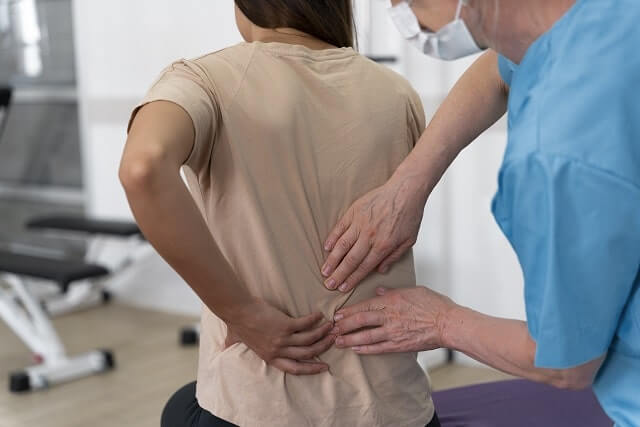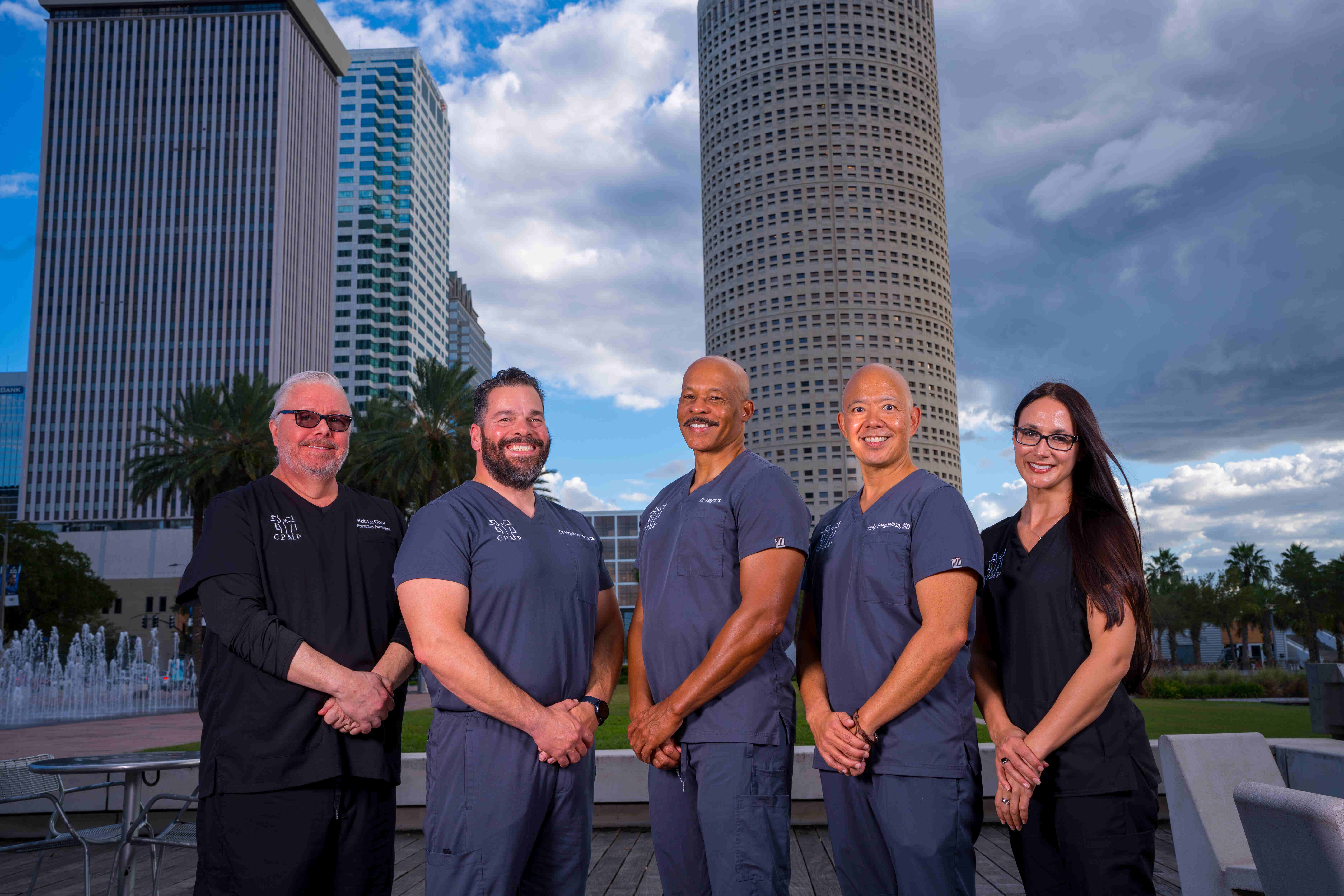What is it?
Peripheral Nerve Stimulation (PNS)
For more than 50 years, nerve stimulation has been used as a treatment for chronic pain. The technology was initially used to block pain signals at the spinal cord. Innovation and scientific advancements have made it possible to customize this therapy to the peripheral nerves of the arms and legs.

